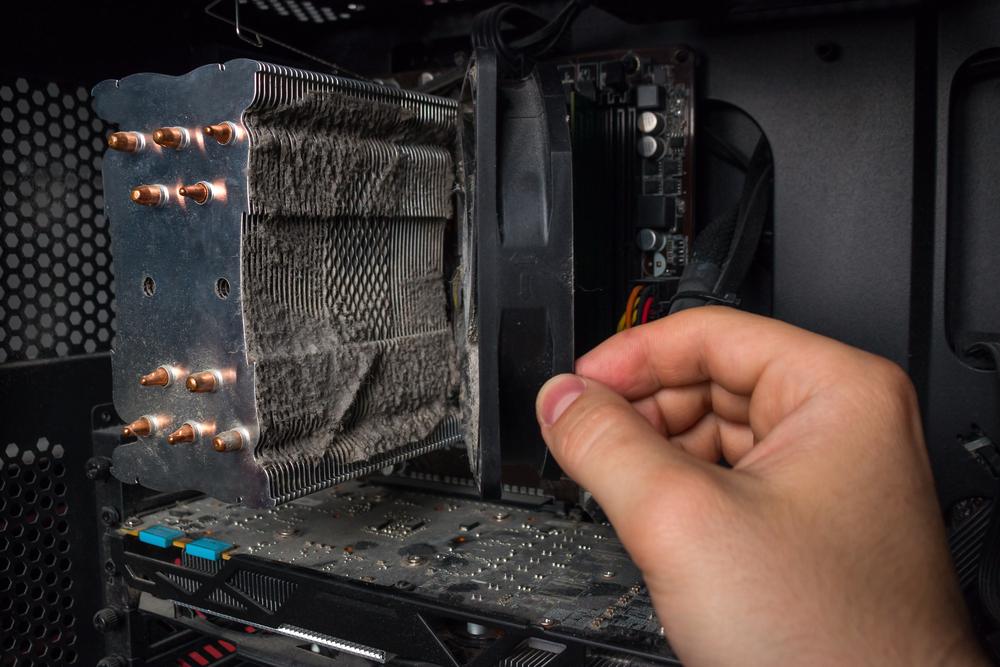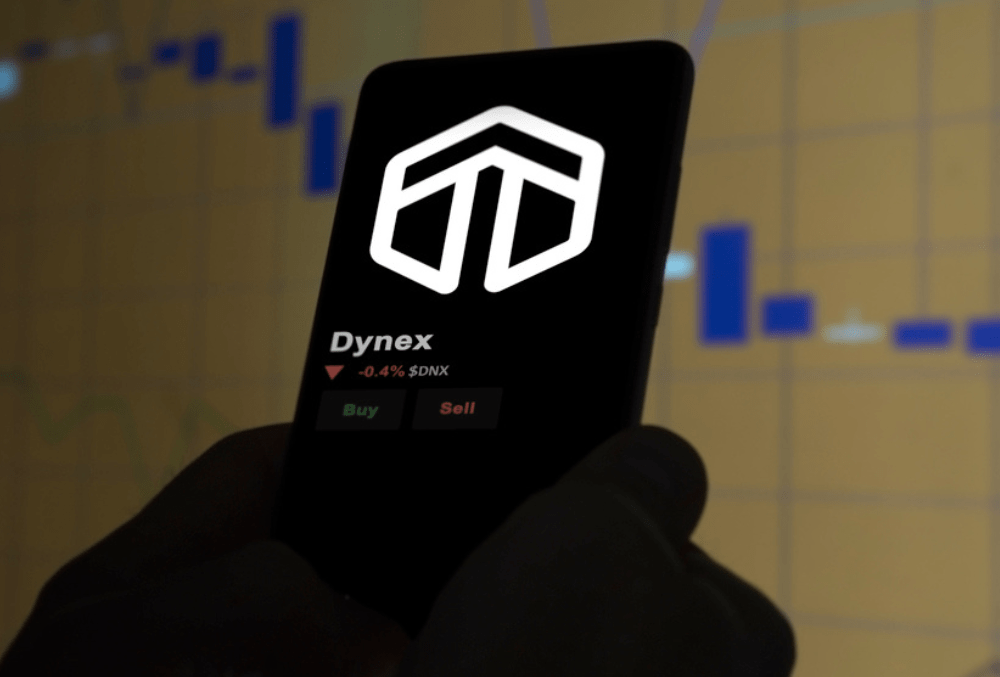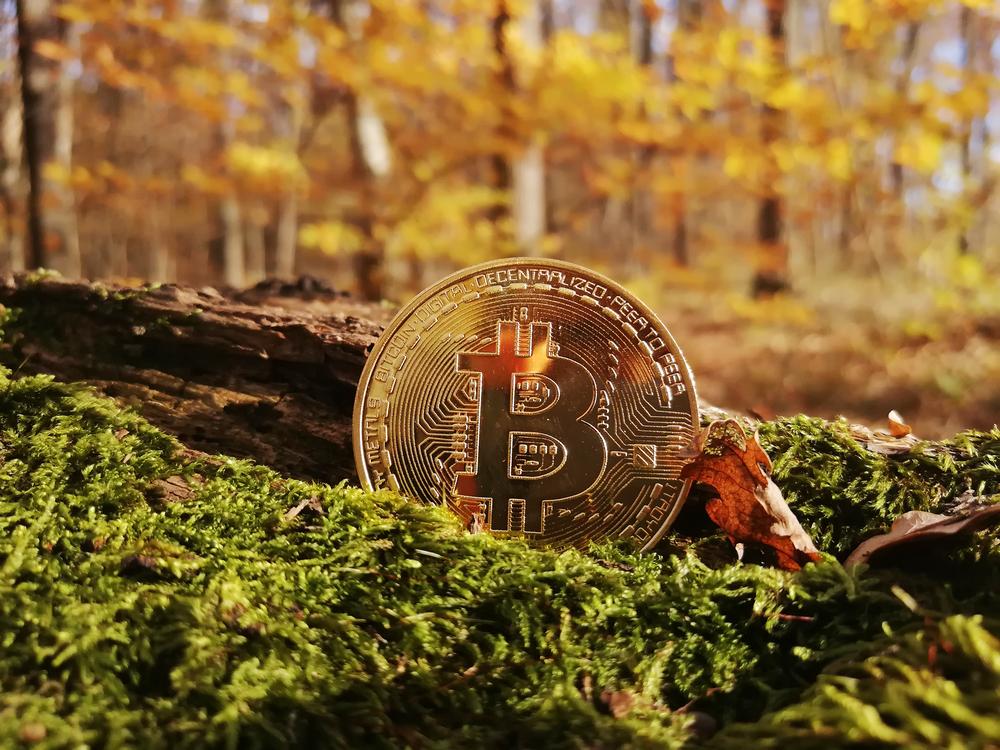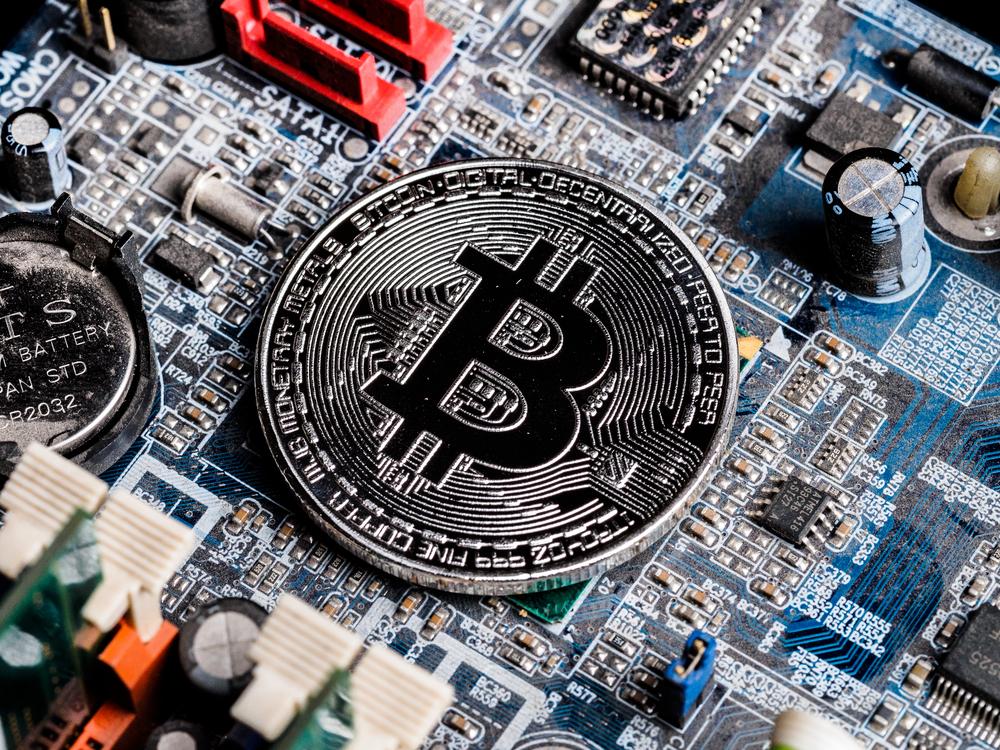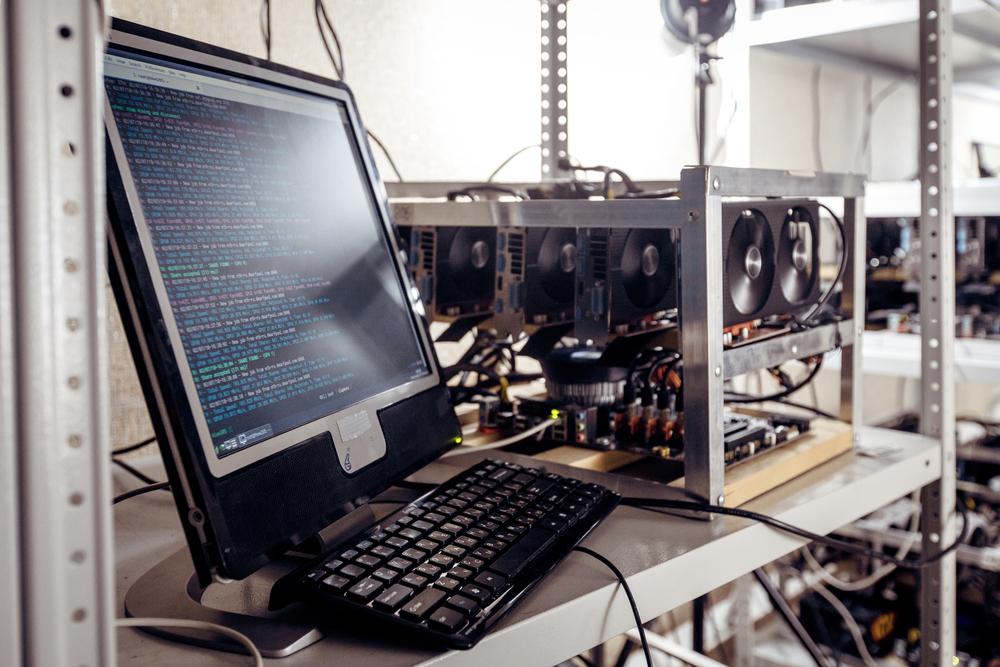In the world of cryptocurrencies, a hard fork is a term that often comes up in discussions among crypto enthusiasts and miners. Understanding what a hard fork is and how it affects the blockchain ecosystem is crucial for anyone interested in mining crypto at home. In this comprehensive guide, we will delve deep into the concept of hard forks, exploring their definition, causes, consequences, and everything in between. So, fasten your seatbelts as we embark on this exciting journey into the world of hard forks!
Defining Hard Forks
A hard fork is a significant and permanent divergence in the blockchain network. It occurs when a blockchain’s existing protocol undergoes substantial changes, leading to the creation of two separate chains with different rules and functionalities. In simpler terms, a hard fork represents a split in the blockchain, resulting in the emergence of a new version, distinct from the original.
Hard forks can be planned or contentious. A planned hard fork is a deliberate and coordinated upgrade to the blockchain protocol, typically implemented to introduce new features, enhance scalability, or resolve issues in the existing system. On the other hand, a contentious hard fork arises from disagreements within the community, often due to differing views on how the blockchain should evolve.
Causes of Hard Forks
Hard forks can be triggered by various factors, including technical upgrades, ideological disputes, governance issues, and security concerns. Let’s explore some common causes in more detail:
- Technological Advancements: Technological advancements in blockchain, such as the introduction of new consensus algorithms or smart contract capabilities, may require a hard fork to be implemented. These upgrades aim to improve the blockchain’s functionality, performance, or security.
- Protocol Changes: When the existing protocol of a blockchain no longer meets the requirements or expectations of its users, a hard fork can be initiated to modify the protocol and address the limitations or issues faced by the network.
- Community Divisions: Disagreements within the blockchain community can lead to hard forks. These divisions may arise from differences in opinions regarding the direction of the blockchain’s development, proposed changes, or governance models.
- Security Breaches: In the event of a security breach or a critical vulnerability in the blockchain’s code, a hard fork might be necessary to rectify the issue and safeguard the network and its users.
Consequences of Hard Forks
Hard forks have far-reaching consequences that impact various aspects of the blockchain ecosystem. Let’s examine some of the key consequences:
- Creation of a New Cryptocurrency: A hard fork results in the creation of a new cryptocurrency that operates on a separate blockchain. Holders of the original cryptocurrency receive an equal amount of the new cryptocurrency, provided they held the original coins before the fork occurred.
- Community Fragmentation: A hard fork often leads to a division within the community, with some members supporting the original chain and others migrating to the new chain. This fragmentation can result in conflicts, debates, and even the formation of rival factions.
- Price Volatility: Hard forks can cause price volatility for both the original cryptocurrency and the newly created one. Market sentiment, investor speculation, and the overall reception of the forked blockchain can significantly impact the value of the coins involved.
- Network Security: Hard forks introduce security risks, especially for the newly created chain. The forked blockchain may be more vulnerable to attacks due to its smaller network size and potentially lower hash rate. Proper security measures must be taken to protect the newly formed chain.
How to Prepare for a Hard Fork
As a miner interested in participating in a hard fork, it’s essential to be prepared. Here are some steps to follow:
- Stay Informed: Keep yourself updated with the latest news and announcements related to the blockchain you are mining. Join relevant forums, follow official social media accounts, and subscribe to reputable cryptocurrency news platforms to receive timely information about upcoming hard forks.
- Backup Your Wallet: Before a hard fork occurs, ensure that you have backup copies of your wallet and private keys. This precautionary measure ensures that you can access your funds on both the original and forked blockchains.
- Update Your Software: If the hard fork involves a protocol upgrade, make sure to update your mining software to the latest version that supports the forked blockchain. Failing to update your software may result in compatibility issues and the inability to mine the new chain.
- Assess Network Support: Evaluate the level of community support for the hard fork. Assess the participation of miners, developers, and key stakeholders to determine the viability and potential success of the forked blockchain.
- Calculate Profitability: Analyze the economic viability of mining the new cryptocurrency post-fork. Consider factors such as the price of the new coin, network difficulty, and mining rewards to make an informed decision about whether it is worthwhile to mine the forked chain.
Understanding the Forking Process
The forking process involves several stages and technical intricacies. Let’s break it down step by step:
- Proposal: A proposal for a hard fork is put forward, outlining the changes or upgrades to be implemented in the blockchain’s protocol. This proposal is typically discussed and debated within the community before a consensus is reached.
- Activation: Once the proposal gains sufficient community support, a specific block height or a predetermined date is set for the activation of the hard fork. Miners and node operators are informed about the impending fork to ensure they can upgrade their software accordingly.
- Fork Execution: When the predetermined block height or date arrives, the hard fork is executed. At this point, the blockchain splits into two separate chains with different rules and functionalities. Miners and node operators have the option to continue supporting the original chain, migrate to the new chain, or support both simultaneously.
- Coin Distribution: After the fork, holders of the original cryptocurrency are eligible to receive an equivalent amount of the new cryptocurrency. The distribution mechanism may vary depending on the specific details of the hard fork.
- Chain Independence: Following the fork, the two chains operate independently. Transactions, blocks, and mining activities on one chain do not affect the other chain. Each chain evolves separately, with its own community, developers, and governance structures.
Frequently Asked Questions
A hard fork serves multiple purposes, such as introducing new features, improving scalability, resolving issues, or addressing security vulnerabilities in the existing blockchain. It allows for the evolution and growth of the network while maintaining backward compatibility for users who choose not to migrate to the new chain.
Yes, a hard fork often leads to the creation of a new cryptocurrency. Holders of the original cryptocurrency receive an equal amount of the new cryptocurrency as a result of the fork. However, it’s important to note that not all hard forks result in the creation of a new coin.
The impact of a hard fork on the value of existing cryptocurrencies can be highly variable. Market sentiment, investor perception, and the success of the forked blockchain all play a role in determining the value of the coins involved. In some cases, the value of the original cryptocurrency may decrease, while the new cryptocurrency may gain value.
Not all hard forks are successful. The success of a hard fork depends on factors such as community support, developer participation, network security, and market reception. Contentious hard forks, especially those driven by significant disagreements within the community, may face challenges and potentially lead to the creation of multiple competing chains.
Yes, it is possible to mine new coins that are created as a result of a hard fork. However, mining the forked cryptocurrency requires upgrading your mining software to support the new blockchain’s rules and protocol. Additionally, factors such as network difficulty, mining rewards, and market demand should be considered when assessing the profitability of mining the new coins.
To stay informed about upcoming hard forks, it is recommended to join relevant forums, follow official social media accounts of the blockchain you are interested in, and subscribe to reputable cryptocurrency news platforms. These sources will provide timely information about planned hard forks, their objectives, and the steps to participate as a miner or holder of the cryptocurrency.
Conclusion
In conclusion, a hard fork is a significant event in the blockchain world that involves the permanent divergence of a blockchain network into two separate chains. Understanding the causes and consequences of hard forks is essential for individuals interested in mining cryptocurrencies at home. By staying informed, preparing for forks, and evaluating the viability of participating in a hard fork, miners can navigate these complex situations and make informed decisions to maximize their mining endeavors.
Remember, hard forks bring both opportunities and challenges. They can lead to the creation of new cryptocurrencies, but they also introduce price volatility and network fragmentation. Stay tuned to reliable sources of information, assess the economic viability of participating in a fork, and always prioritize the security of your mining operations. Happy mining!









